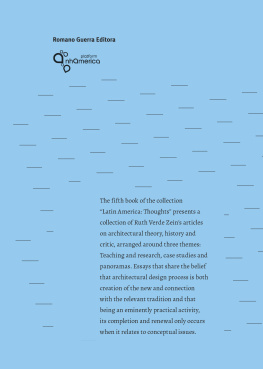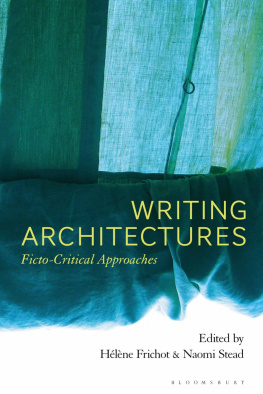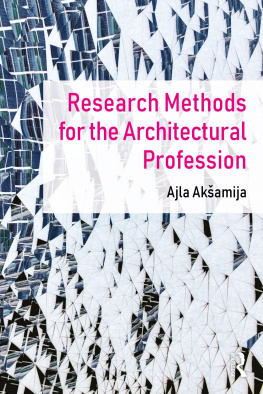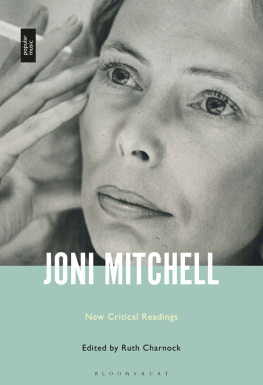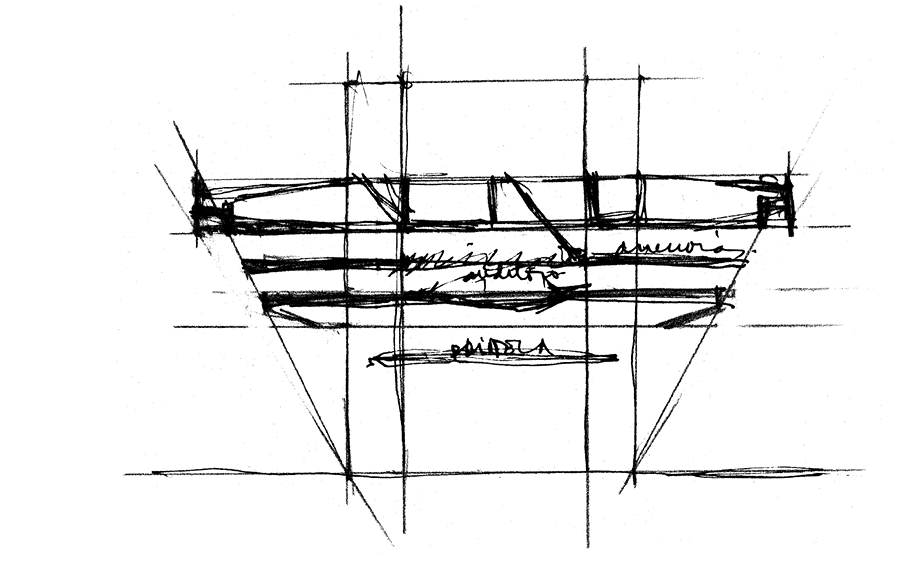an ethical pragmaticcritique, an operativeand referenced theory
possible and necessary toolsfor design education
Office of the Municipal Budget of So Paulo, transversal section, So Paulo SP. Plnio Croce, Roberto Aflalo and Giancarlo Gasperini, 1971. Drawing Ruth Verde Zein
Lets start with some ad hoc definitions.
Pragmatism can be defined as the belief that a doctrine will be true as long as it is useful and provides some sort of success or satisfaction; besides, a so-called pragmatic point-of-view considers that the concept we may reach about a certain object or situation will be simply the practical outcome derived from the sum of all the concepts that could be conceived around it or that arises from its practical implications. Such definition seems abstract, but it is quite concrete. It is about renouncing any transcendent dimension of concepts; not by denying it (the dimension), but by considering it unattainable in practice. That said, there is only the mere thing itself and all the knowledge originated from that very thing.
Theory can be defined as a corpus or set of knowledge elaborated and structured so as to obtain a certain degree of credibility, and which intends to explain, elucidate, interpret or unify a given domain composed of phenomena or events pertaining to a practical activity. Once again, there is nothing abstract in a theory; nor is it a naive activity. It is not an inconsequential opinion or statement; it can only derive from the deliberate search for order, but it is not necessarily a mere simplification. Thus understood, theory emerges from practice: It verifies and analyzes, cautiously researching its nature, aspects, and varieties, going deep in its studies, and it aims to interpret and elucidate. Moreover, theory will always be circumstantial and qualified: It refers to a certain and particular set of topics and interests, and it delimits a specific field within the totality of reality.
On the other hand, a theory is not, nor should it be, a mere summation of somewhat useless information. Its content is not only descriptive, but also interpretative. It aspires to reach a certain amount of consistency and unity, although a complex one. In other words, even when the phenomena or events examined by the will of creating a theory, would be multiple, complex, and even contradictory, theorys mission is to make them intelligible, providing plausible clues to their understanding. Besides, implicitly, a theory does not aim to simply understand and interpret, but it also desires to provide, with its reflections, some feedback on the domain it is considering.
And what about criticism or critique ? In its popular sense, as criticism, it is understood as censorship and condemnation, a negative deed. But in its true sense, critique is neutral: It is just the ability to examine and appreciate the works of the human spirit in order to discern, appraise and formulate criteria. It may be linked to morality, that is, to a set of rules of conduct that are considered as valid for a particular and restricted time and place; or it may be linked to ethics, that studies and appreciates the human behavior and qualifies it from the point of view of good and evil, in a relative or in an absolute way. In this sense, a moral criticism would be born from a specific and restricted universe of previously determined truths , whereas an ethical criticism would try to understand, assess and qualify human acts and facts; without grounding itself in a priori arguments, but also, without exempting itself from formulating the limits of what is allowable or appropriate.
The basic difference between theory and criticism , or better critique , lies less in the method than in the aims. Both examine and verify data, but while a theory refrains from making moral or ethical judgements and devotes itself to an attempt to systematize the facts it encounters, a critique, as an assessment, does not need nor do not have to arrive at broader conclusions. If it also examines and verifies a fact, it does so to establish value judgments (in a moral criticism), or to test and question intentions, results, and attitudes (in an ethical criticism).
What is design ? In a strict sense, it means a set of organized ideas and actions to put forward the future execution of an endeavor. In a broader sense, design also means a purpose, or an intention, since it comprises not only the set of tasks needed to materialize something but also the desire to make it real and it is the desire, as an unmoved mover , that initiates the process of planning its realization.
It occurs to me that it would also be necessary to define history . I would rather not to do it here, but just try to distinguish history from theory . For that, I will adopt historian Peter Collinss opinion. In his book Changing Ideals in Modern Architecture , Collins states that the crucial difference between history and theory is like the difference between understanding the way buildings were built in the near or remote past, and the way they are built today. Collins admits there is certain danger for contemporary architecture when historians discourse is too close to architects daily practice. For him, unlike history, and because it is concerned with the way architecture that is being created today, theory may become a crucial instrument for understanding architects daily activities.
Collins also refutes the idea that architecture, i.e. architectural forms, are nourished only by other forms in a mere mechanical process. He states that it is the idea that selects which forms should be more appropriately selected that creates the architecture of a certain age. This does not mean that practice comes from theory, quite the contrary: for him, architects think of forms intuitively, and then try to justify them rationally.
The definitions above are all circumstantial and do not intend to be absolute, they are just pragmatic. They have no other goal than to serve as beacons to begin to formulate some thoughts on the roles of theory and critique in the tutoring/mentoring activities, in architectural design education. They are born from the necessity of reflecting on my personal and limited practice as a professor, and on the accumulation of my experiences as a citizen of these apparently irreconcilable worlds (at least in Brazilian schools of architecture): Theory, history, and design education.
lets go back to the subject and to the title
At this point, what could an ethical pragmatic critique be? And what about an operative and referenced theory ? Besides, what does a theory of architecture have to do with the process of architectural design and, by extension, with the process of architecture design tutoring ? Before we get there, it is perhaps necessary to present a very brief review of some tendencies present in the architectural, professional and educational panorama in the recent decades, in Brazil, and perhaps around the world.
The lack of a central focus, of a dominant and thus unassailably correct opinion and the openness to the peripheral, to deviations, variations, minorities, and other characteristics of the so-called post-modern condition, shook up the world of architecture and architecture education, in most if not all its conspicuously established convictions, causing significant confusion among the unaware, and also, the well aware. With all due respect, and just in order to sum up the situation by drastically reducing it, one may say that the pedagogical attitude in architecture education shifted from the oppressive certainty of enforcing a given model to the difficult exercise of staying put on an aesthetic fence.

